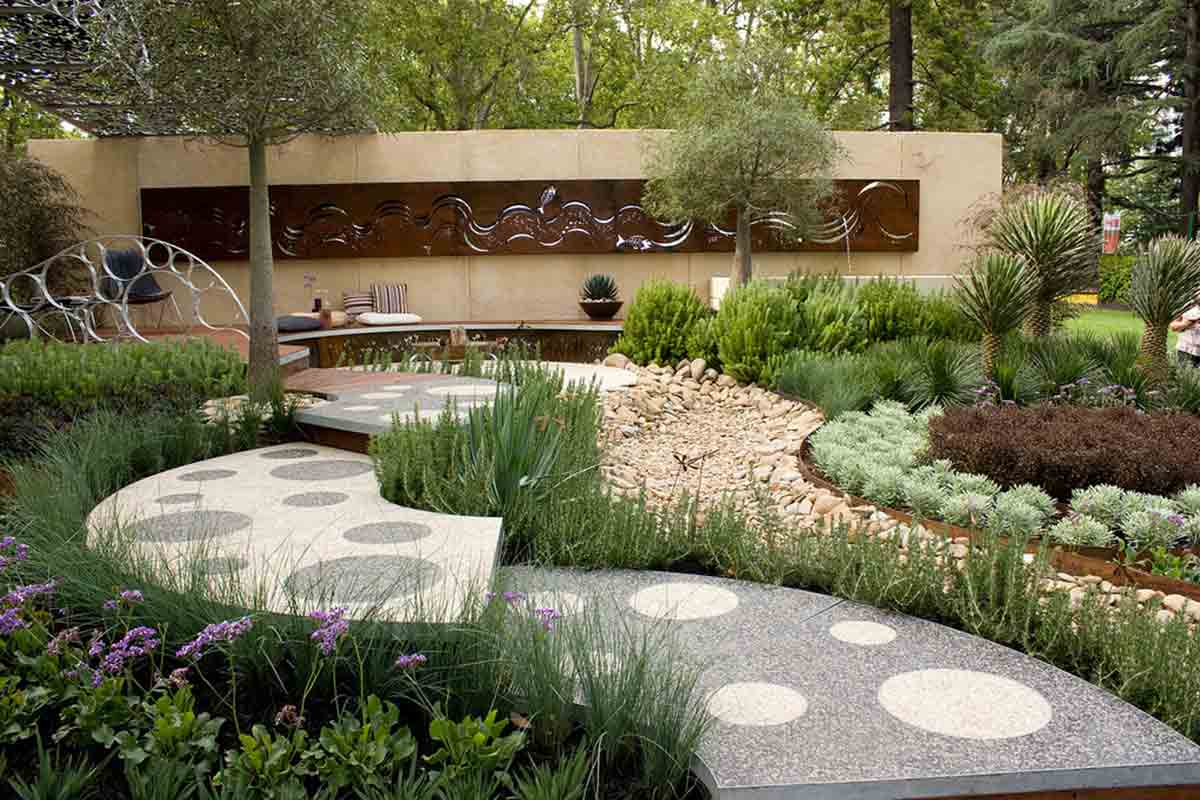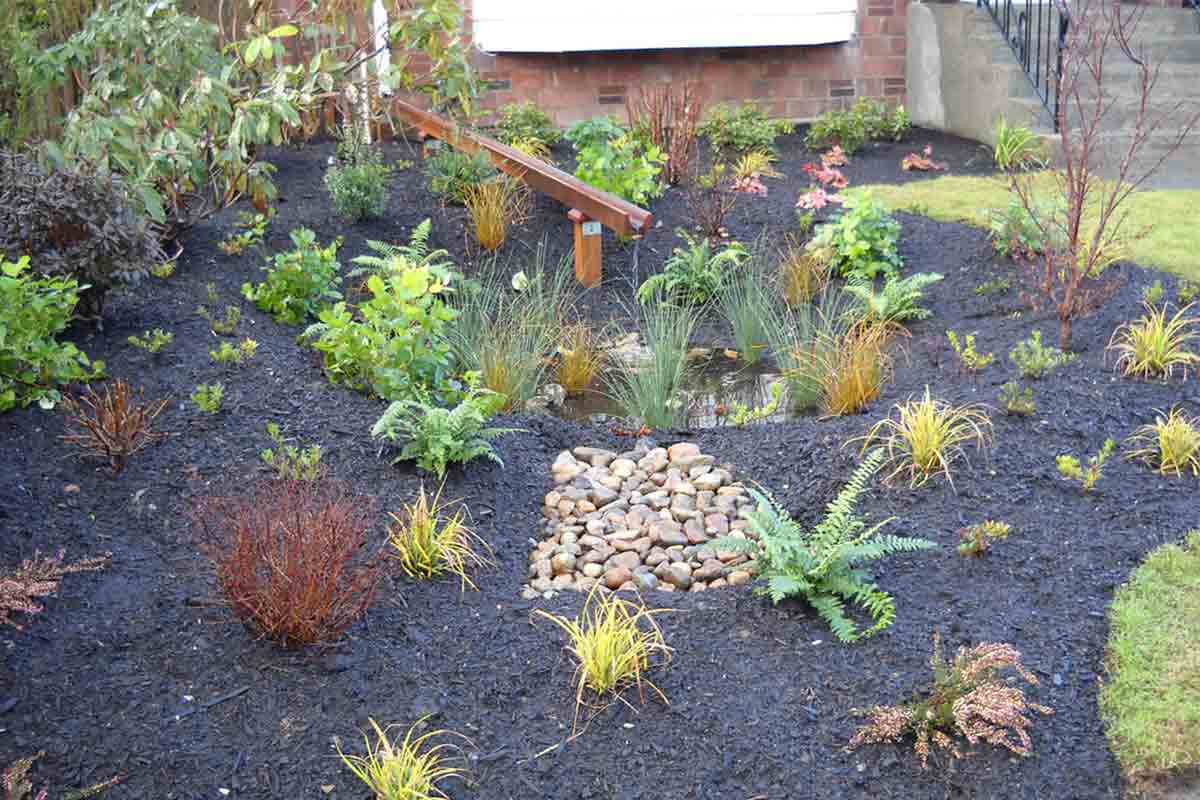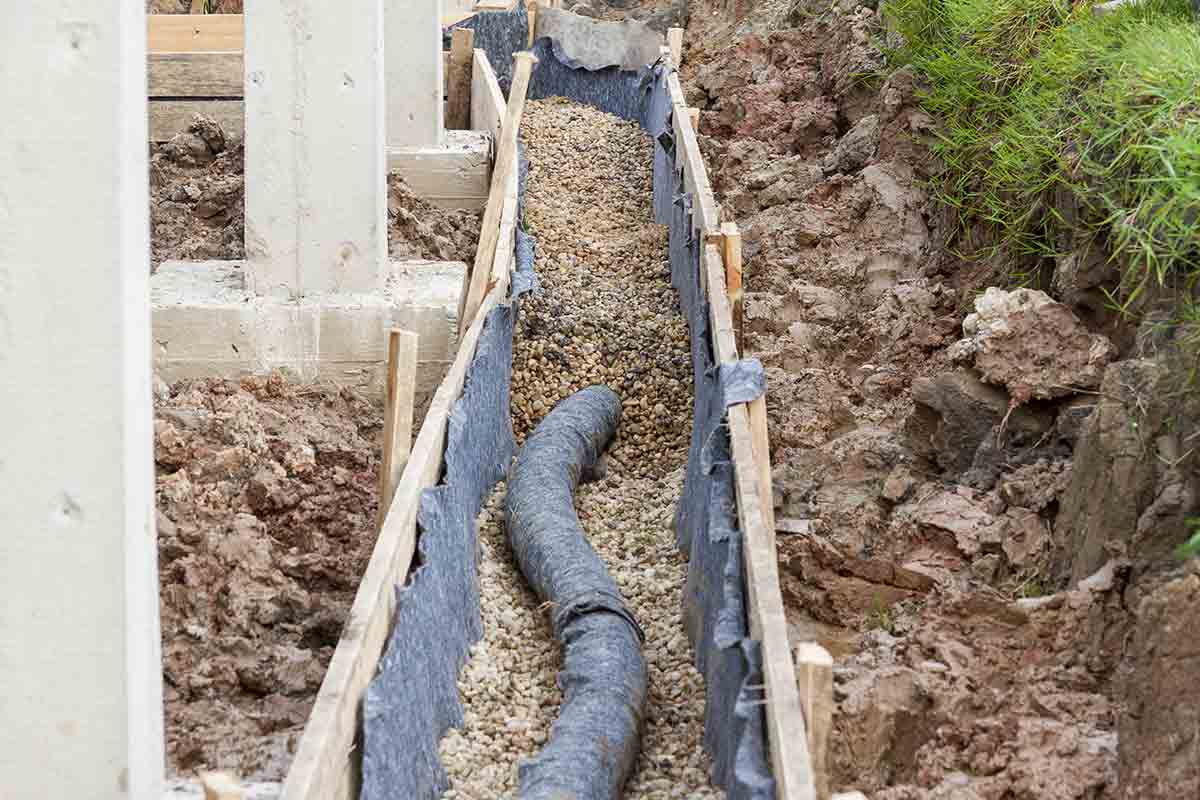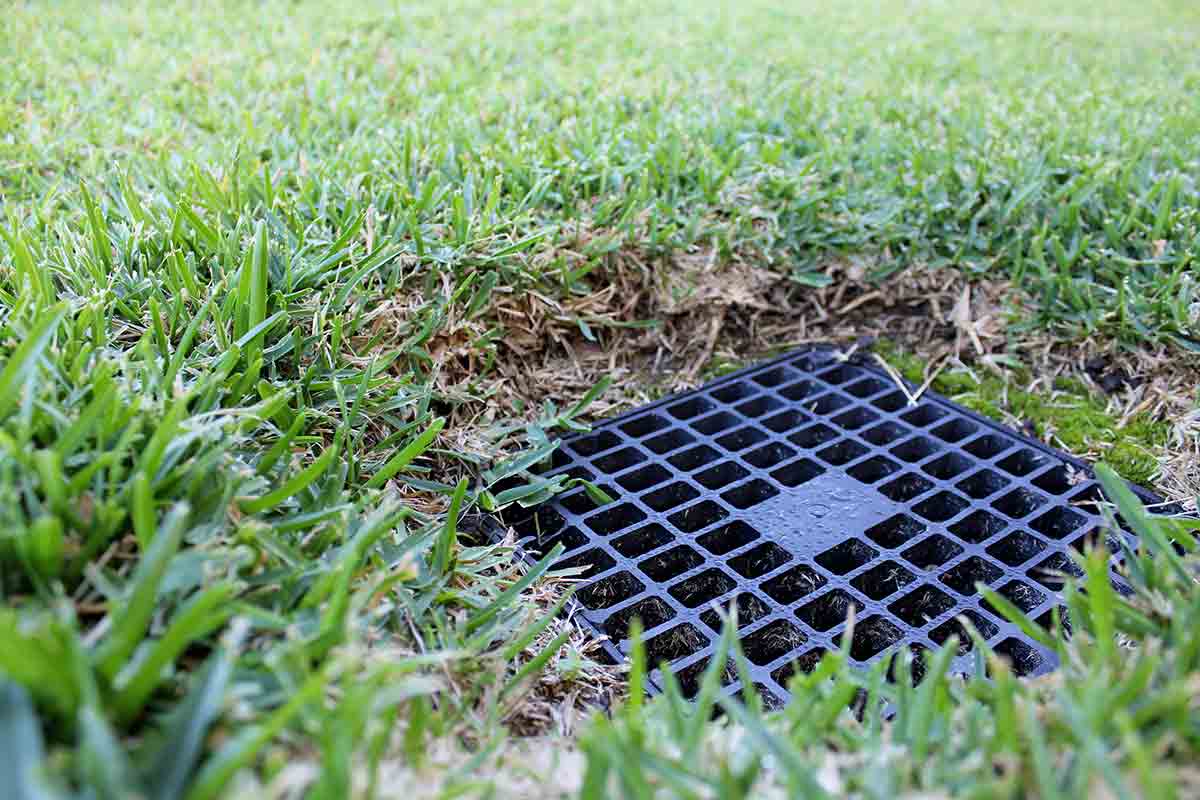How To Solve Garden Drainage Problem By Door
If you're worried about your home or yard every time it rains, it's probably time to start thinking about possible solutions to your drainage issues. My mom's house has been plagued with a number of drainage issues inside and out because the house is on a slope that directs the water from neighboring houses into her yard.
A French drain with a sump pump was installed to eliminate flooding in the garage that was causing mold and mildew inside.
In the backyard, French drains and box drains were installed to keep the lawn from getting soggy.
They went through several rounds of drainage system attempts and sod installations (after the grass died from root rot) to get the water draining, and additional box drains finally did the trick.
The moral of the story is, handling those issues helped avoid further damage to the lawn and house. If they had let water continue to invade the garage, it could have caused structural damage to the foundation and compounded existing humidity issues. If they allowed water to continue pooling in the backyard, it could have caused serious issues to the root systems of several of the 50+ foot trees towering over the house.
Best Pick Companies Maintain "A" Grades Annually. Contact One Today!
Why should you be concerned about drainage problems?
- Structural damage. When water pools around your home, it can cause foundation damage, retaining wall leaks, and concrete slab issues.
- Mold/humidity problems. Water intrusion is a nuisance in an unfinished basement but can be devastating to a finished, furnished basement. Interior leaks and floods can lead to mold, mildew, and humidity problems throughout your home.
- Root rot. Pools of water in your lawn are unsightly and keep you from being able to enjoy your yard. They also pose threats to turf grass, trees, and shrubs vulnerable to root rot. The only thing worse than having soggy grass and soil is having to replace grass, plants, and trees because of constant flooding.
- Mosquito infestations. Small pools of stagnant water are the perfect breeding ground for mosquitoes. With pooling and frequent rain, you may never be able to get a handle on mosquito infestations.
- Erosion. If water moves quickly through any of your lawn, you may be dealing with erosion that can affect plant and turf growth.
What causes drainage problems?
- Yard slope. The slope of your (and your neighbors') lawn affects which way the water drains.
- Downspout and gutter issues. Gutters help move water away from your home. Some gutters are too small to handle the roof load, and poorly arranged downspouts may leave pools of water right around your foundation.
- Impacted soils. If your soil is mostly clay or highly compacted, it might not be able to absorb water quickly enough to keep water from gathering on the surface.
Types of Drainage Systems
Drainage solutions are designed to tackle issues specific to your property. Drainage solutions typically fall into the following categories:
- Surface drainage systems. Surface systems are used to remove groundwater in situations where soils aren't absorbing water quickly enough. Surface systems include swales, dry creek beds, rain gardens, and grading.
- Subsurface drainage systems. Subsurface systems work to remove water that exists within the soil profile. Deep swales, French drains, dry wells, and catch basins are all subsurface systems.
- Roof load systems. Roof systems (gutters, downspouts, and rain barrels) carry water that lands on the roof away from your home.
- Slope drainage systems. Slope systems use gravity (and sometimes sump pumps) to direct water away from structures with drainpipes.
A drainage system professional will assess your property (slope, soil, etc.) and give recommendations on what will work best for your situation. A professional will also know local regulations about where you can direct water. In many places, it's illegal to direct water into storm drains, and in colder regions, there are laws about directing water onto sidewalks or roads that may ice over in winter.
Dry creek bed / swale / ditch

Dry creek beds, swales, and ditches are essentially all ditches (in varying aesthetic styles) designed to deal with surface drainage.
Dry creek beds are ditches covered in rocks that mimic the look of natural creek beds. They're usually viewed as a more attractive drainage ditch, and they're immensely helpful in properties dealing with a lot of fast moving water.
A swale is a ditch that's covered in turf or other water loving plants. The only downside to swales is they're vulnerable to erosion if the water moves too fast.
Rain garden

If your yard has a muddy area where water tends to pool and grass just won't grow, a rain garden might be the solution. Rain gardens are great for soggy trouble spots. These don't necessarily solve the problem, but they do keep muddy holes from forming. Fill rain gardens with native, water-loving plants that will thrive in waterlogged conditions.
French drain

One of the most common drainage solutions is the French drain system. These systems are used to address subsurface issues. A French drain is composed of a perforated pipe covered in a fabric filter that's surrounded by a permeable material like gravel.
Some French drains have an outlet while others disperse water underground to prevent surface pooling. Depending on what's required, French drain installation can be quite extensive and can get messy with the digging of trenches.
Dry well / catch basin / box drain

These subsurface drainage solutions capture excess water. Dry wells and catch basins are holes filled with an aggregate-like gravel that hold water and give it more time to soak into the ground. Box drains are grates connected to drainpipes and other systems to move the extra water. These systems might be used to deal with a flooded walkway or as an alternative to extended downspouts.
Gutters, downspouts, and rain barrels

You may not think about gutters and downspouts as being part of your home's drainage system, but they are important in moving water that hits your roof away from the foundation of your home. Gutters collect the water to downspouts that carry the water away from the foundation.
If you're having problems with your gutters and downspouts, an extended downspout may be the answer; just make sure the addition won't cause problems in your yard.
Rain barrels are a great way to deal with a troublesome downspout that you're not able to extend. They collect water coming out of downspouts and store them for later use. You can even connect rain barrels to a sprinkler system to water flower beds or part of your lawn.
Drainpipes and sump pumps

Drainpipes and sump pumps are used in many of the systems listed above, but they can also be used as standalone solutions. Sometimes a drainpipe and/or a sump pump is all you need to get water out of your yard and away from your home.
Depending on your situation, it may be worth a try before installing a more intensive drainage system. Just know that you may have to head back to the drawing board.
Bottom Line
- Take your drainage problems seriously, because they can cause significant issues for your home and yard, including structural damage; mold, mildew, and humidity; root rot; mosquito infestations; and erosion.
- Contact a professional that knows how to properly asses and design a drainage solution for your specific situation. All homes and properties are different and as such require tailored solutions.
- Surface drainage systems (swales and rain gardens) remove ground water that isn't dispersing quickly enough.
- Subsurface drainage systems (deep swales, French drains, dry wells, catch basins, and box drains) collect water in the soil and move it away from your home.
- Roof drainage systems (gutters, downspouts, and rain barrels) carry water away from your home.
- Slope drainage systems (drainpipes and slopes) rely on grading to direct water out of your lawn and clear of your home.
Most drainage solutions rely on a combination of different methods that work together to address issues specific to your property.
How To Solve Garden Drainage Problem By Door
Source: https://www.bestpickreports.com/blog/post/solve-your-lawn-drainage-problems-with-these-systems/
Posted by: fieldsbespoormsed.blogspot.com

0 Response to "How To Solve Garden Drainage Problem By Door"
Post a Comment